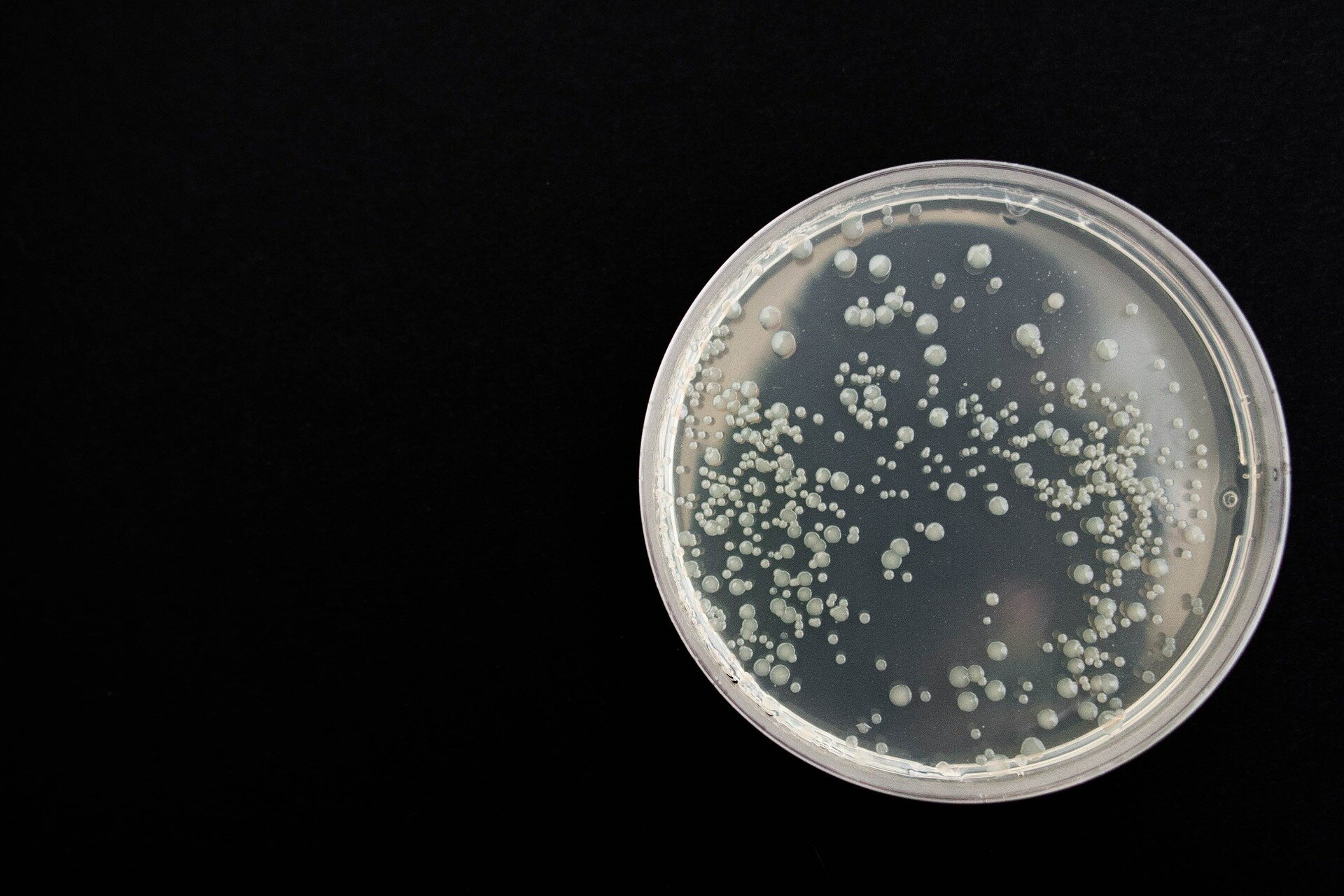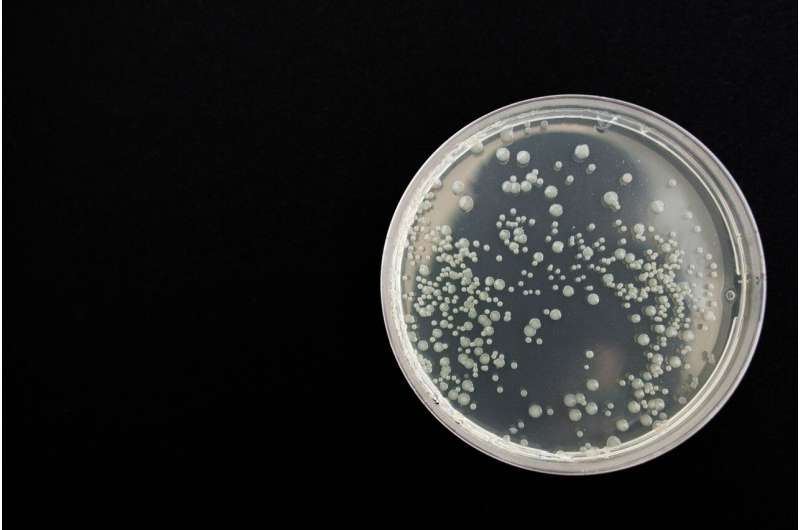

Findings from a new study published today in the American Journal of Infection Control (AJIC) suggest that a combination of betadine and silver colloidal gel are more effective than either material alone for inhibiting the growth of common infection-causing bacteria. The findings could help medical professionals better treat and prevent serious infections in large wounds, including burns.
“Despite substantial advancements in wound treatment and supportive care, wound infections remain a serious problem, particularly in the case of large burns,” said Jonathan Kopel, Ph.D., medical student, Texas Tech University Health Sciences Center, and a study author. “Our study is the first to systematically evaluate the use of betadine alone as compared to the combination of betadine and silver colloidal gel to eliminate bacteria and the growth of biofilms.”
Large wounds such as serious burns are vulnerable to microbial invasion and the production of biofilms, microbial colonies that can become attached to a wound surface and delay or prevent healing. While the topical antiseptic betadine is widely used in the treatment and prevention of wound infections because it has a particularly broad spectrum of antimicrobial activity, many studies have suggested it is ineffective against some bacteria. Topical antimicrobial dressings, including those containing silver, have long been used to support treatment and prevention of wound infections, and seem to provide a different microbial killing mechanism than betadine.
Dr. Kopel and colleagues measured the effectiveness of 5% betadine solution alone, silver colloidal gel (Ag-gel) alone, and the combination of 5% betadine and Ag-gel for inhibiting the growth of five laboratory strains of bacteria: Staphylococcus aureus (S. aureus) and Pseudomonas aeruginosa (P. aeruginosa), the predominant infective organisms in the clinically significant microbiome of large, acute burns, as well as clinical isolates of Klebsiella pneumoniae (K. pneumoniae), Staphylococcus epidermidis (S. epidermidis), and Methicillin-resistant S. aureus (MRSA).
After incubating each of the five bacterial strains for 24 hours to grow biofilms, the researchers prepared cellulose paper discs with each of the three test solutions and exposed the discs to the biofilms. The researchers then analyzed the concentrations of bacteria that remained in each case, using both a standard, reliable testing assay and advanced imaging. Results showed:
- The combination of 5% betadine and Ag-gel provided complete (100%) inhibition of all five bacterial strains tested.
- Five percent betadine alone showed little or no inhibition of P. aeruginosa, and at best approximately 90 percent (1 log) inhibition of the other four bacterial strains tested.
- Ag-gel alone inhibited 100% of bacterial growth (7 logs) among all bacterial strains except K. pneumoniae.
- Notably, while 5% betadine alone killed only about 90% of K. pneumoniae, betadine and Ag-gel combined killed 100%. This reinforces the researchers’ assertion that betadine works by a different bacterial killing mechanism than Ag-gel.
“Wound infections continue to be a significant challenge for medical professionals and patients, leading to increased morbidity, mortality, and healthcare cost every year,” said Linda Dickey, RN, MPH, CIC, FAPIC, 2022 APIC president. “This study provides important new findings that could help improve infection prevention and treatment to reduce this burden.”
Antibiotic-free hydrogen peroxide e-bandages treat wound infections
Phat Tran et al, REMOVED: The in vitro Efficacy of Betadine Antiseptic Solution and Colloidal Silver Gel Combination in Inhibiting the Growth of Bacterial Biofilms, American Journal of Infection Control (2022). DOI: 10.1016/j.ajic.2022.04.002
Provided by
Association for Professionals in Infection Control
Citation:
Study demonstrates combination of betadine and silver colloidal gel effectively eliminates infection-causing bacteria (2022, August 11)
retrieved 11 August 2022
from https://phys.org/news/2022-08-combination-betadine-silver-colloidal-gel.html
This document is subject to copyright. Apart from any fair dealing for the purpose of private study or research, no
part may be reproduced without the written permission. The content is provided for information purposes only.